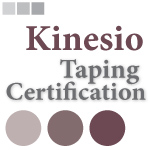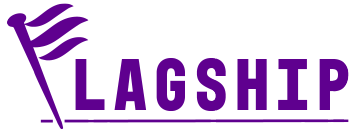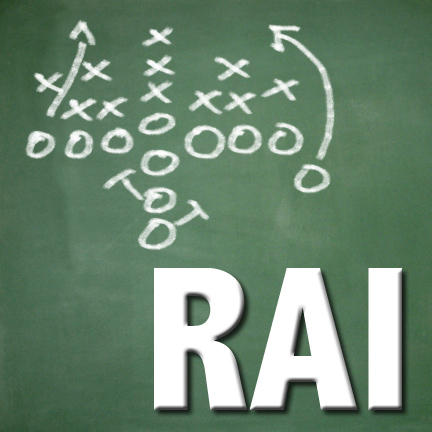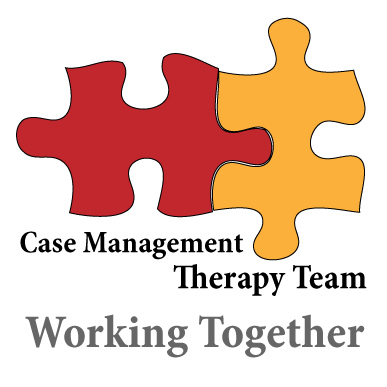 When:
When:
April 14, 2012
Where:
South Texas College
Allied Health Campus
1103 E Vermont
McAllen, TX 78501
Ensign Facility Services hosts seminars in facilities that are ADA accessible. Please let Jon Anderson know if you need any special accommodation: jonanderson@ensigngroup.net
Kinesio Taping® Certification
KT3 Course, also called Kinesio Taping® Certification Course – The Kinesio Taping® Certification Course combines KT1 and KT2 coursework with extra lab time for attendees to practice their skills on a variety of clinical applications. KT3 can be designed to allow the instructor to cater towards specific practitioner protocols, clinical applications, and practitioner population and address specific professions (pediatrics, hand therapy, sports medicine, chiropractic, etc.) or clinical conditions (stroke, scoliosis, lymphedema, etc.). KT3 can also be set up as a general orthopedic course and may incorporate any or all of the following: unusual tapings, variations on standard tapings, problem solving, and “live patients”. This course is a minimum of 8 hours, but may be expanded by 2-8 additional hours depending on the instructor and/or the focus of the seminar. Upon completion of this course and prerequisite KT1, KT2 seminar, attendees will be eligible to request and take the exam to become a Certified Kinesio Taping® Practitioner (CKTP). Note: Students can request to take the exam but will not receive CKTP certificate until they graduate.
Prerequisite:
Completion of KTA approved KT1 and KT2 courses
Instructor:
‘Dee’ Virginia Ellis, PTA, CKTI
Dee is a Physical Therapist Assistant who has practiced in many different settings and states. Dee specializes in aquatic therapy, Pilates based spinal stabilization and orthopedic outpatient rehab. She has been a PTA for 15 years, graduating with her A.A.S. from Community Colleges of Southern Nevada in Las Vegas with a Gerontology Wellness Specialty. She also did undergraduate study at San Diego State University in California. Dee has a special interest in wellness and prevention.
Dee has been a Certified Kinesio® Taping Practitioner for 8 years and has been a Certified Kinesio® Taping Instructor since 2005. Dee has her American Physical Therapy Association (APTA) Advanced Proficiency in the musculoskeletal realm and was the recipient of the Texas Physical Therapy Association’s (TPTA) Joy Davenport award in 2008. She is an active volunteer in the APTA, the TPTA and the Aquatic Section of the APTA. Dee has presented continuing education on Electrical Modalities, Aquatic Physical Therapy and Kinesio® Taping: Fundamentals and Whole Body Techniques.
Dee currently works for as a PRN for local south Texas hospital systems and home health agencies.
Agenda:
| Time | Mins | Application | Region | Symptom |
| 8:00 | 20 | Success Stories, Troubleshooting and Questions | Database, Instructor Lecture, Demonstration | |
| 8:20 | 20 | Evaluation Questions, Assessments, & KT1 / 2 Review | Database, Instructor Lecture, Demonstration | |
| 8:40 | 15 | Clinical Concepts: Shoulder Impingement | Shoulder | Database, Instructor Lecture, Demonstration |
| 8:55 | 20 | Shoulder Impingement Lab | Supraspinatus, Deltoid and Mechanical Correction | Shoulder Disfunction/Rotator Cuff Impingement |
| 9:15 | 10 | Clinical Concepts: Whiplash / Cervical Pain | Neck / Upper Back | Database, Instructor Lecture, Demonstration |
| 9:25 | 15 | Whiplash / Cervical Pain Lab | Cervical Paraspinals, Upper Trapezius, Ligament Correction | Cervical Pain (Whiplash) |
| 9:40 | 10 | Clinical Concepts: Chondromalacia Patella | Knee | Database, Instructor Lecture, Demonstration |
| 9:50 | 15 | Chondromalacia Patella Lab | Vastus Medialis Oblique Facilitation, Space Correction | Knee Effusion |
| 10:05 | 15 | Break | ||
| 10:20 | 10 | KT3 Advanced Concept: Fascial Correction: Manual Glide | Database, Instructor Lecture, Demonstration | |
| 10:30 | 15 | Manual Fascial Glide Lab | Multiple Body Regions | Lab |
| 10:45 | 10 | KT3 Advanced Concept: “Basket Weave” Technique | Database, Instructor Lecture, Demonstration | |
| 10:55 | 15 | Basket Weave (Closed Ended) Lab | Multiple Body Regions | Lab |
| 11:10 | 15 | Intro to Kinesio Scar Tapings | Database, Instructor Lecture, Demonstration | |
| 11:25 | 10 | Scar Management “Directional Pull Application” | ||
| 11:35 | 10 | Scar Management “Pitting Scars Application” | Database, Instructor Lecture, Demonstration | |
| 11:45 | 15 | Scar Management Lab | Multiple Body Regions | Lab |
| 12:00 | 60 | Lunch | ||
| 1:00 | 15 | Tension headache, TMJ, Sinus | Face | Instructor Lecture, Demostration |
| 1:15 | 15 | Lab | Lab Practice | |
| 1:30 | 15 | Thoracic Outlet Syndrome, posture correction* | Neck/Chest | Instructor Lecture, Demostration |
| 1:45 | 15 | Lab | Lab Practice | |
| 2:00 | 40 | Mallet Finger, UE edema | Wrist/Hand | Instructor Lecture, Demostration/Lab |
| 2:40 | 20 | Wrist Sprain (TFC) | Wrist/Forearm | Instructor Lecture, Demonstration/Lab |
| 3:00 | 3:15 | BREAK | ||
| 3:15 | 15 | External Oblique, Pregnant Belly, Lumbar Fascia** | Trunk | Instructor Lecture, Demonstration/Lab |
| 3:30 | 15 | Lab | Instructor Lecture, Demonstration/Lab | |
| 3:45 | 30 | Knee Hyperextension, MCL, ACL | Knee | Instructor Lecture, Demonstration/Lab |
| 4:15 | 30 | Hallus Valgus, Hammer Toe | Foot | Instuctor Lecture, Demonstration/Lab |
| 4:45 | 15 | Lower GI Motility/ANS | Abdomen/CNS | Instructor Lecture, Demonstration/Lab |
| 5:00 | 15 | Contraindications & Precautions, Application Requests, Q&A | Mandatory |
Who Should Attend?
PTs, OTs, ATs, DCs, LACs, MTs, PTAs, OTAs and other medical practitioners.
THIS COURSE IS INTENDED FOR LICENSED HEALTH CARE PRACTITIONERS ONLY
KT-3 Course Fees:
$279 – Professionals
$150 – Professionals who attended KT 1-2 on Jan 20/21 in McAllen
$125 – Ensign Supported Facility attendees
$100 – Students – Limited Slots Available
Enrollment:
Download Registration Form (PDF file)
Download Credit Card Payment Form (PDF file)
Send completed registration and payment forms to:
Kelly Wallerstedt
kwallerstedt@ensigngroup.net
602-538-6783











 Football has a play book, but sometimes, the plays get changed. Troy Palamalu picks up on the quarterback’s audible at the line of scrimmage and calls for a blitz and “BAM,” down goes the quarterback. Troy got it right and made the play. Rehabilitation in the Skilled Nursing Facility has regulations. The therapist is comfortable with his understanding of a rule and “BAM,” the rule changes. But, unlike the quarterback in this story, the therapist doesn’t go down.
Football has a play book, but sometimes, the plays get changed. Troy Palamalu picks up on the quarterback’s audible at the line of scrimmage and calls for a blitz and “BAM,” down goes the quarterback. Troy got it right and made the play. Rehabilitation in the Skilled Nursing Facility has regulations. The therapist is comfortable with his understanding of a rule and “BAM,” the rule changes. But, unlike the quarterback in this story, the therapist doesn’t go down.



